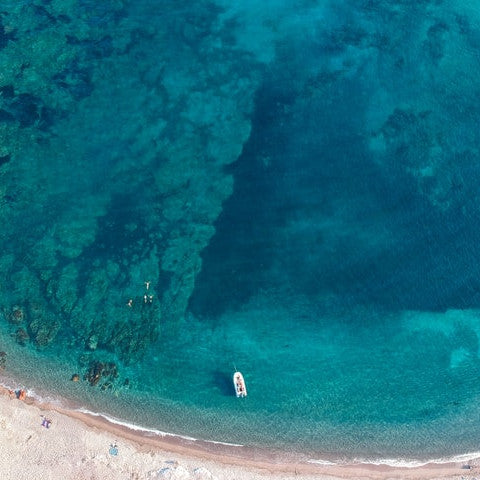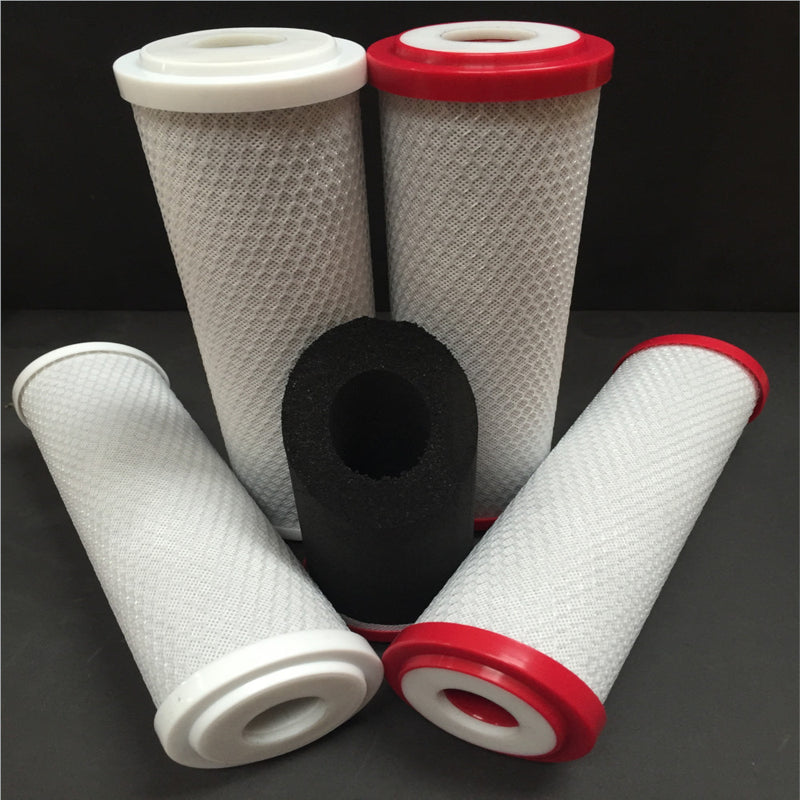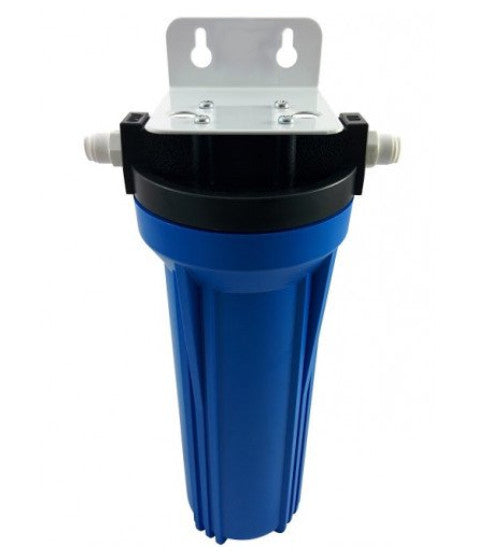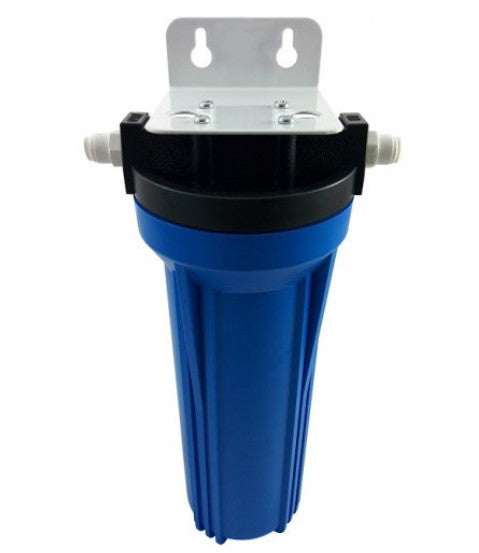Ultra Violet Water Treatment Overview

UV systems and the technology behind them have been around for many years now, but as people look to answer the question "are UV systems environmentally friendly?" we check how UV systems vs Chlorine and other traditional disinfection methods stack up.
UV light covers a large range of the electromagnetic spectrum but the part that we use is in the UV-C band at 254 nm. At this wavelength bacteria, viruses, algae, moulds and many other microorganisms have their ability to reproduce massively diminished when receiving a high enough dose of UV-C light.

Chemical Free

Public demand for less environmentally impactful options has been seen to a large degree in the water treatment industry. Traditional methods of disinfecting water revolve largely around chemicals. If that didn’t work for any particular job then “more chemicals” was the most likely answer to the problem. With the Western world demanding more sustainable options, chemicals, while largely still used (and the upward trend seeing very little sign of stopping due to water demand) will hopefully see their market share decline in the future, much like the energy sector seeing an increase in renewable energy sources.
Environmental Impact
With Ultra violet technology being a physical disinfection process (as opposed to a residual one), the whole treatment process happens inside the reactor. This means that there is no storage of equipment (inc. chemicals) no monitoring of the levels of anything and no harmful by-products that need disposing of in certain ways. It’s the ultimate in clean technology.

Complete Effectiveness
The ways that UV light interacts with organic material means that there is a 99.99% chance of changing bacteria into a harmless state. This makes UV a great option for primary or secondary (back-up) treatment in both a standard or duty/standby setup. That means that the use of chemicals can be reduced or avoided entirely as required.
As with all treatments that aren't sterilisation, there is a small amount of room for error. In the case of UV we offer a guaranteed 4 log reduction, so 99.99% reduction. While I personally believe it's probably higher than that, testing is expensive and that's been the industry standard for years. There are theories about light/dark repair and other claims that other methods are more reliable, but in all the time I've worked in UV I've never seen a properly installed system not do it's job for any reason. Just a little food for thought.





